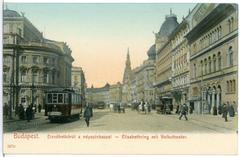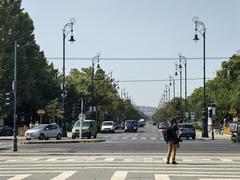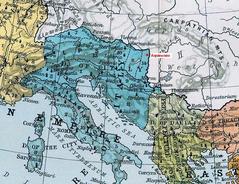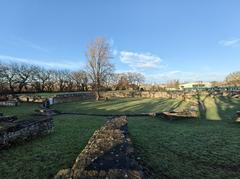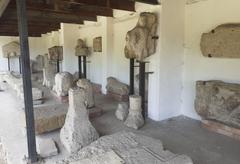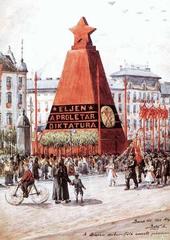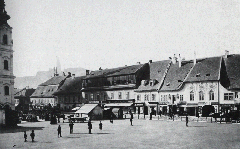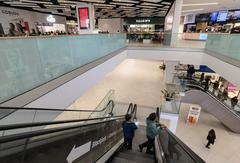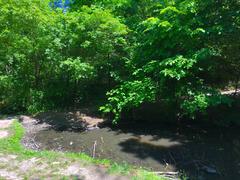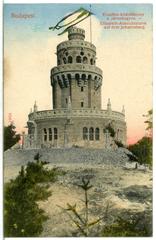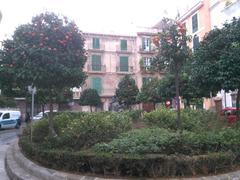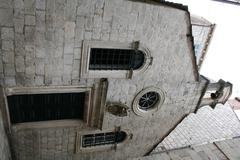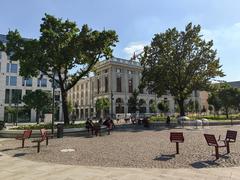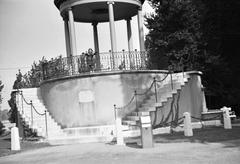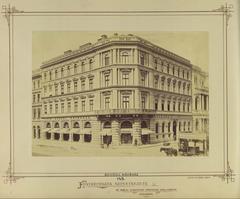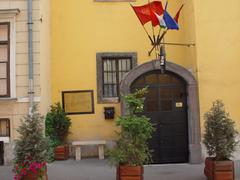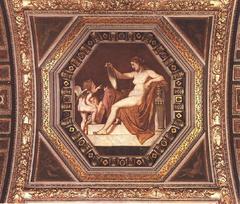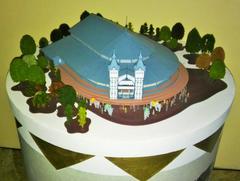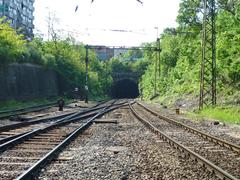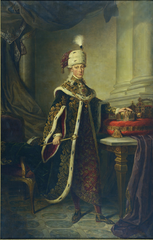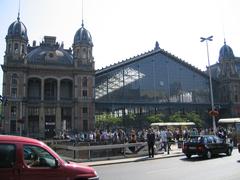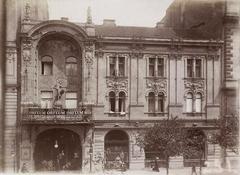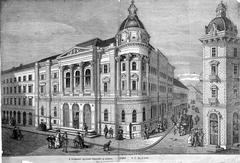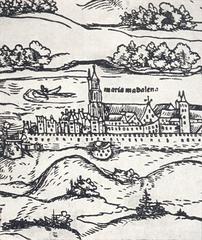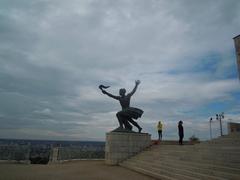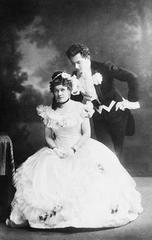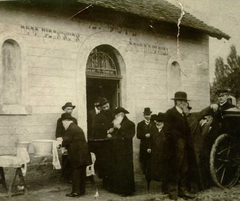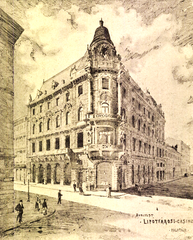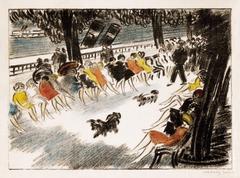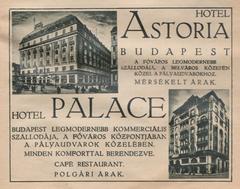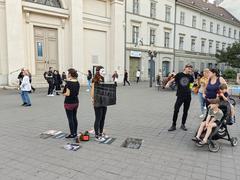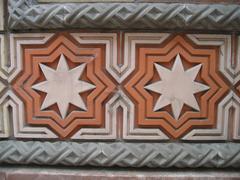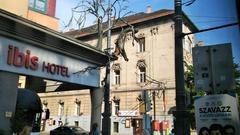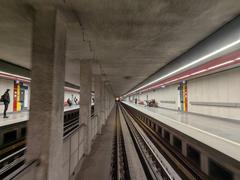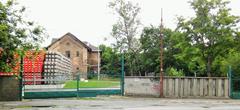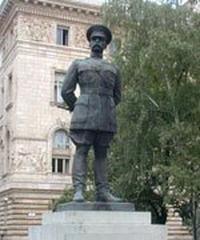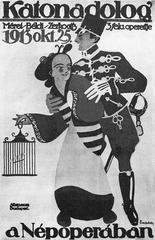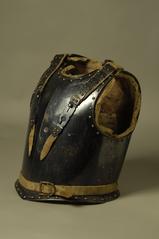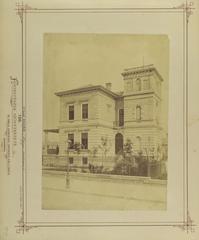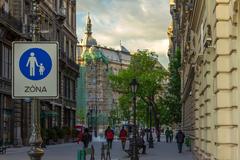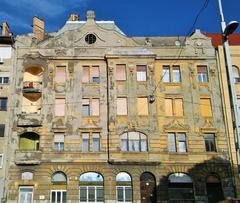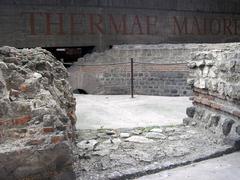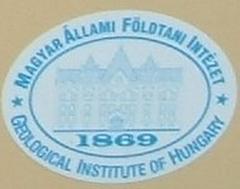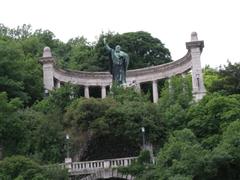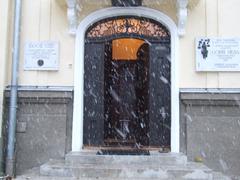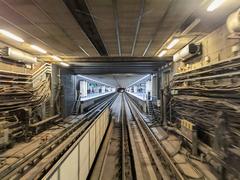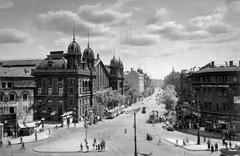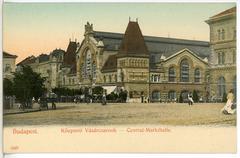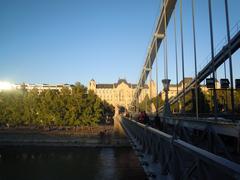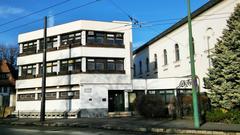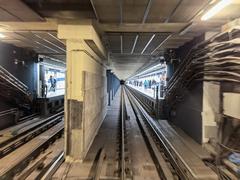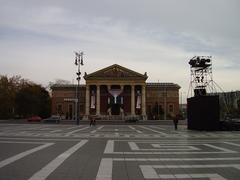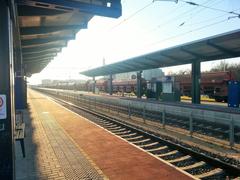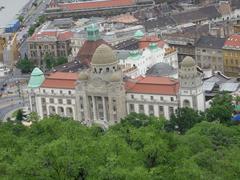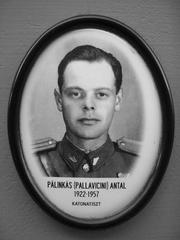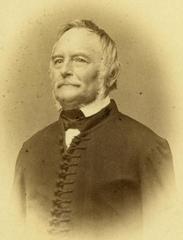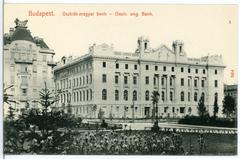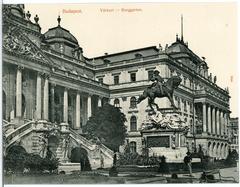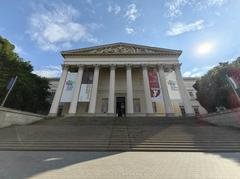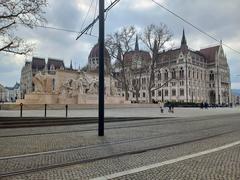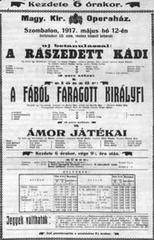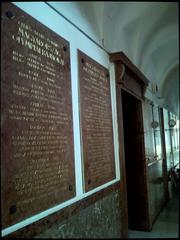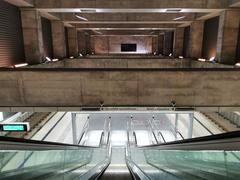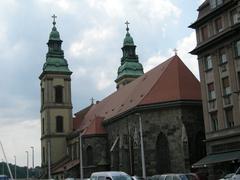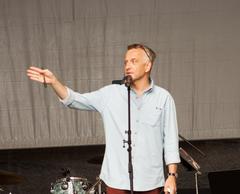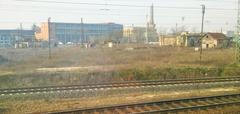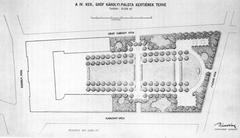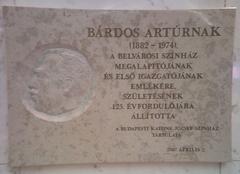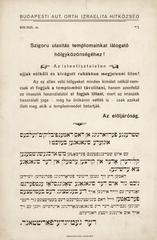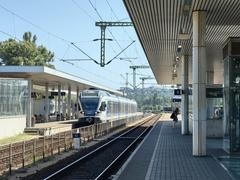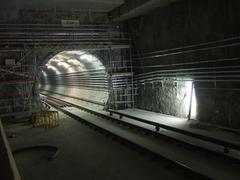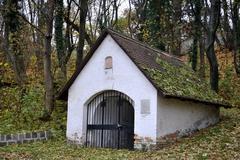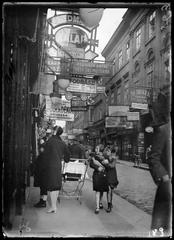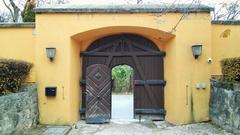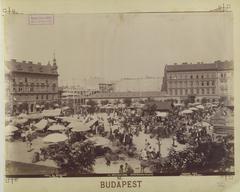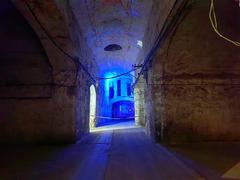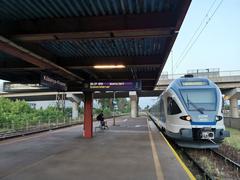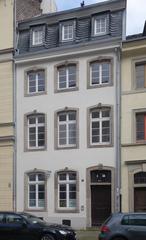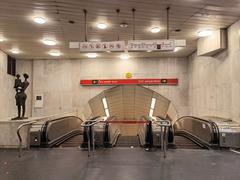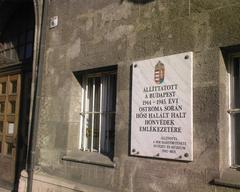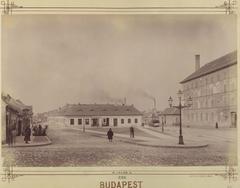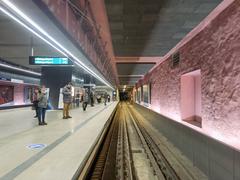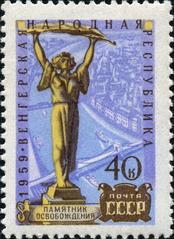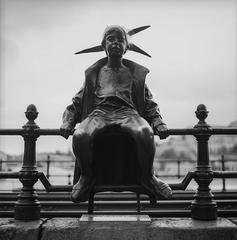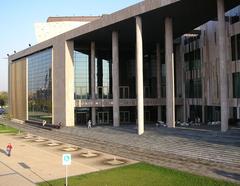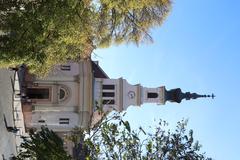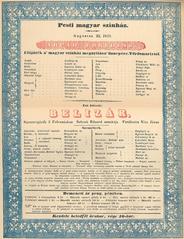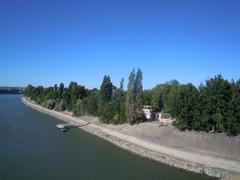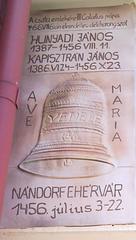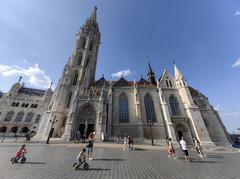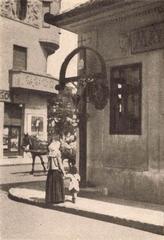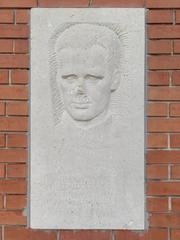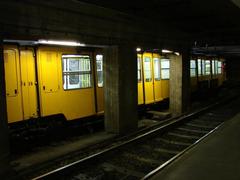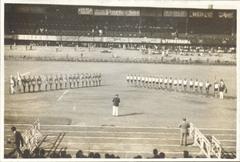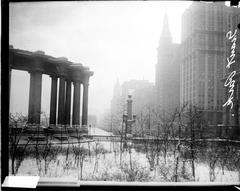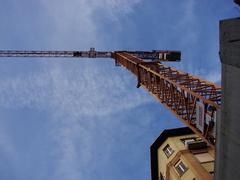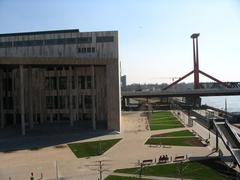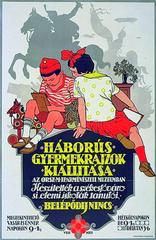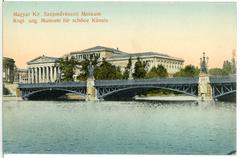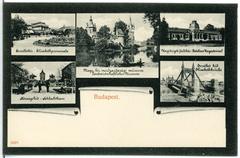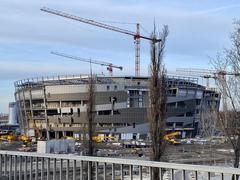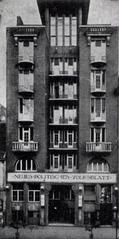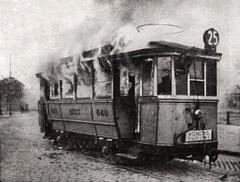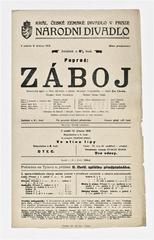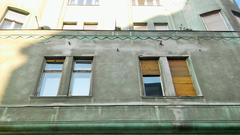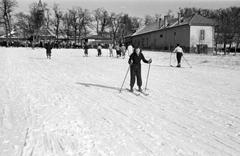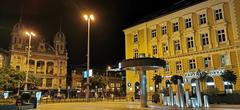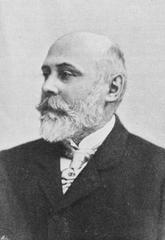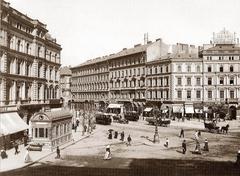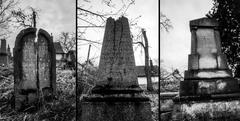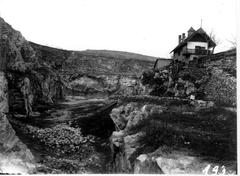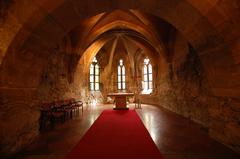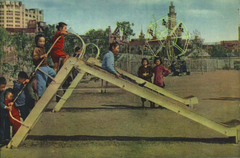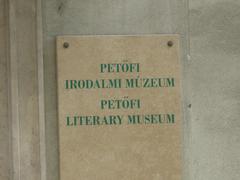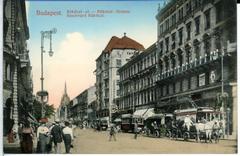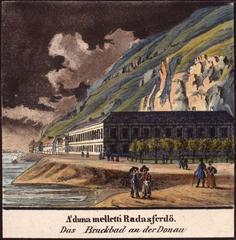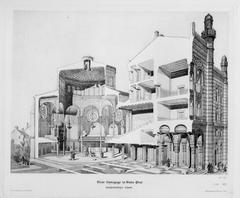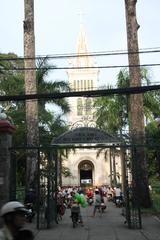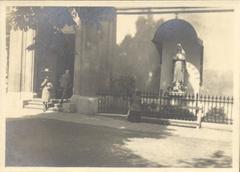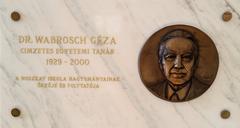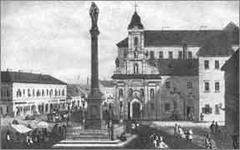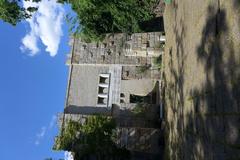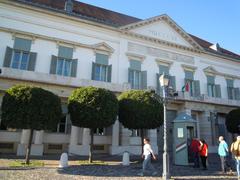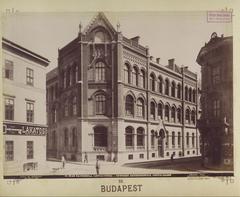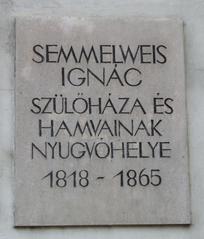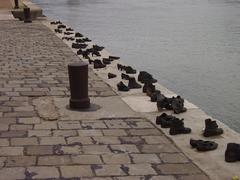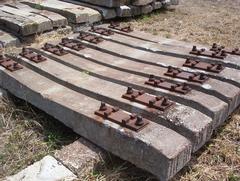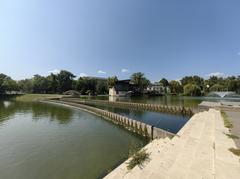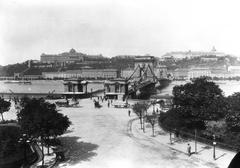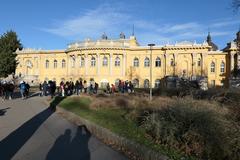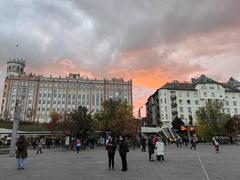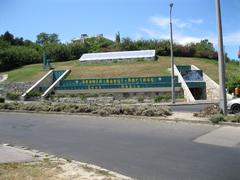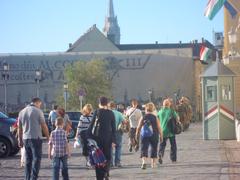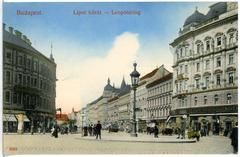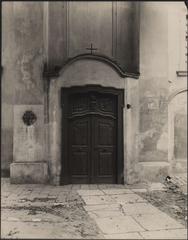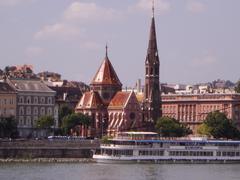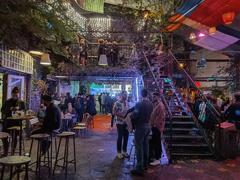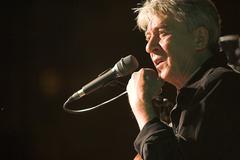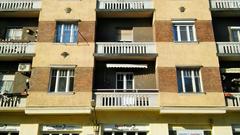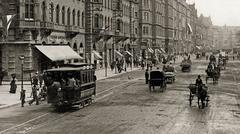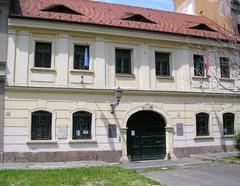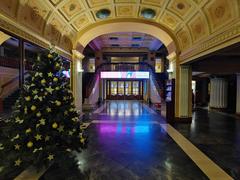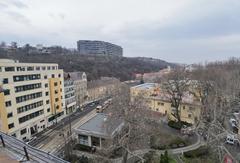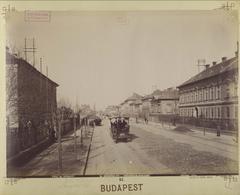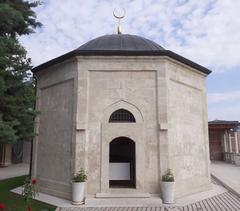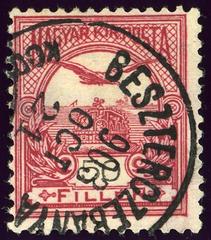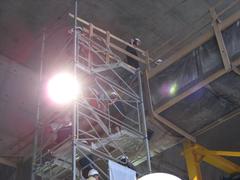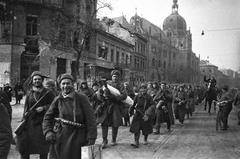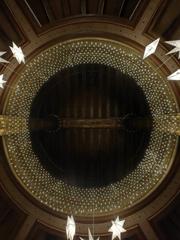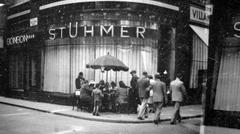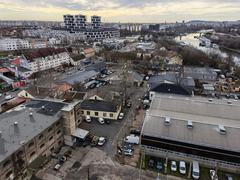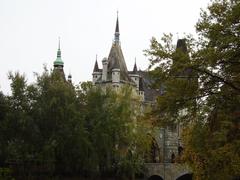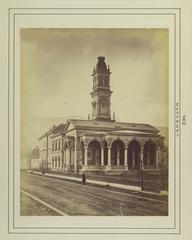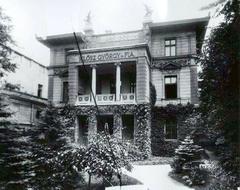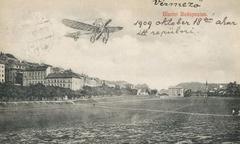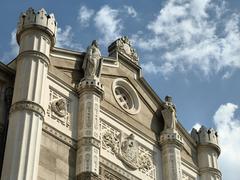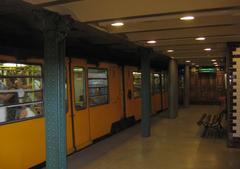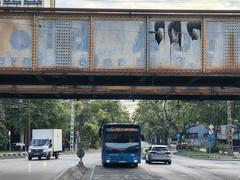Comprehensive Guide to Visiting Rákóczi híd, Budapest, Hungary
Date: 23/07/2024
Introduction
Rákóczi híd, also known as Rákóczi Bridge, is one of Budapest’s most remarkable modern landmarks. Spanning the Danube River, it connects the Buda and Pest sides of the city, significantly contributing to urban development and easing traffic congestion. Originally named Lágymányosi híd after the Lágymányos district, the bridge was renamed in 2011 to honor Francis II Rákóczi, a Hungarian national hero (Budapest.hu). Constructed between 1992 and 1995, this bridge is a testament to Hungary’s post-communist era’s engineering prowess and architectural innovation. Designed by Hungarian architect Tibor Sigrai, the bridge extends 494 meters in length and 30.5 meters in width, featuring six lanes for vehicular traffic and dedicated pathways for pedestrians and cyclists. As a critical transportation hub, Rákóczi híd exemplifies Budapest’s commitment to creating a multimodal transportation system that is both efficient and accessible (Structurae). Beyond its functional role, the bridge has become a cultural and social icon, hosting numerous events and offering stunning views of the Danube and the city skyline. This comprehensive guide delves into the history, significance, visitor information, and future prospects of Rákóczi híd, providing essential insights for anyone planning to explore this iconic structure.
Table of Contents
- Introduction
- History of Rákóczi híd, Budapest, Hungary
- Visitor Information
- Cultural and Social Impact
- Maintenance and Upgrades
- Future Prospects
- Conclusion
- FAQs
Exploring Rákóczi híd - History, Significance, and Visitor Information
History of Rákóczi híd, Budapest, Hungary
Early Conception and Planning
The idea for constructing a new bridge in this location emerged in the late 20th century, driven by the need to alleviate traffic congestion on the existing bridges and support the urban development of southern Budapest. The planning phase began in the 1980s, with the Hungarian government recognizing the strategic importance of a new crossing point to connect the Buda and Pest sides of the city.
Construction and Design
The construction of Rákóczi híd commenced in 1992 and was completed in 1995. The bridge was designed by Hungarian architect Tibor Sigrai, who envisioned a modern structure that would blend functionality with aesthetic appeal. The bridge spans 494 meters in length and 30.5 meters in width, featuring six lanes for vehicular traffic and additional pathways for pedestrians and cyclists. The design incorporates a steel girder structure, which provides both strength and flexibility, essential for withstanding the dynamic loads and environmental conditions of the Danube River.
Naming and Renaming
Upon its completion, the bridge was named Lágymányosi híd, after the Lágymányos district on the Buda side of the river. However, in 2011, the bridge was renamed Rákóczi híd in honor of Francis II Rákóczi, a prominent Hungarian nobleman and leader of the early 18th-century anti-Habsburg uprising. This renaming was part of a broader initiative to commemorate significant historical figures and events in Hungary’s history (Budapest.hu).
Historical Significance
Rákóczi híd holds considerable historical significance as it symbolizes the modernization and expansion of Budapest in the post-communist era. The bridge’s construction marked a period of rapid urban development and infrastructural improvements in Hungary, reflecting the country’s transition towards a market economy and integration into the European Union. Additionally, the bridge serves as a testament to the engineering prowess and architectural innovation of the late 20th century.
Role in Urban Development
The completion of Rákóczi híd played a pivotal role in the urban development of southern Budapest. It facilitated the growth of new residential and commercial areas, contributing to the economic revitalization of the region. The bridge also improved connectivity between key districts, enhancing the overall transportation network of the city. This development was particularly significant for the Lágymányos district, which experienced substantial growth and modernization following the bridge’s inauguration (Budapest Urban Development).
Visitor Information
Visiting Hours and Tickets
Rákóczi híd is accessible to visitors at all times, with no specific visiting hours or ticket requirements. The bridge is a public thoroughfare, open to pedestrians, cyclists, and vehicles alike. While there are no fees for crossing the bridge, visitors should be mindful of traffic and safety regulations when exploring the area.
Travel Tips
- Best Time to Visit: Early mornings and late afternoons offer the best lighting for photography and a more tranquil experience.
- Accessibility: The bridge is equipped with pathways for pedestrians and cyclists, making it easily accessible for all visitors.
- Nearby Attractions: Close to Rákóczi híd, you can visit the Ludwig Museum of Contemporary Art, the National Theatre, and the Budapest University of Technology and Economics.
- Guided Tours: While there are no specific guided tours for Rákóczi híd, several city tours include the bridge as a point of interest, providing historical context and background information.
Cultural and Social Impact
Beyond its functional role, Rákóczi híd has become an integral part of Budapest’s cultural and social landscape. The bridge is a popular spot for locals and tourists alike, offering stunning views of the Danube River and the city skyline. It also serves as a venue for various cultural events and activities, including the annual Budapest Marathon, which attracts thousands of participants from around the world. The bridge’s pedestrian pathways provide a scenic route for walkers and cyclists, promoting outdoor recreation and healthy living.
Maintenance and Upgrades
Since its opening, Rákóczi híd has undergone several maintenance and upgrade projects to ensure its structural integrity and safety. These efforts include regular inspections, reinforcement of the steel girders, and resurfacing of the roadways. In recent years, the bridge has also been equipped with modern lighting and surveillance systems to enhance security and visibility. These upgrades are part of the city’s ongoing commitment to maintaining its critical infrastructure and ensuring the safety of its residents and visitors (Hungarian Infrastructure).
Future Prospects
Looking ahead, Rákóczi híd is expected to continue playing a vital role in Budapest’s transportation network and urban development. Plans are underway to further enhance the bridge’s capacity and connectivity, including the potential integration of new public transportation routes. These initiatives aim to accommodate the growing population and traffic demands of the city, ensuring that Rákóczi híd remains a key artery in Budapest’s infrastructure for years to come.
Conclusion
Rákóczi híd stands as a symbol of Budapest’s dynamic history and ongoing evolution. From its conception and construction in the early 1990s to its current role as a vital transportation link and cultural landmark, the bridge embodies the spirit of progress and innovation that defines the city. As Budapest continues to grow and develop, Rákóczi híd will undoubtedly remain a cornerstone of its urban landscape, bridging the past and future of Hungary’s capital.
FAQs
What are the visiting hours for Rákóczi híd?
Rákóczi híd is accessible to visitors 24/7, with no specific visiting hours.
Is there an entry fee or ticket required to visit Rákóczi híd?
No, there is no entry fee or ticket required to visit Rákóczi híd.
Are there any guided tours available for Rákóczi híd?
While there are no specific guided tours for Rákóczi híd, some city tours include the bridge as a point of interest.
What are some nearby attractions to Rákóczi híd?
Nearby attractions include the Ludwig Museum of Contemporary Art, the National Theatre, and the Budapest University of Technology and Economics.
Is Rákóczi híd accessible for pedestrians and cyclists?
Yes, Rákóczi híd has pathways for both pedestrians and cyclists.
Call to Action
Explore more about Budapest’s historical sites and plan your visit to Rákóczi híd today. Don’t forget to check out our other related posts and follow us on social media for more updates.
